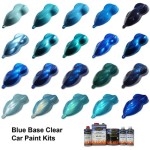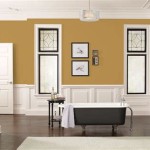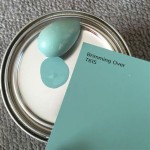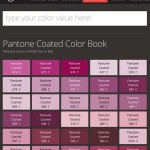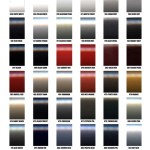The use of paint to accurately represent skin color has become increasingly important in the art world. Paint, in all its forms, has the ability to capture the nuances of skin tones, from the lightest to the darkest, providing a unique way to bring to life the diversity of the human race. In this article, we’ll explore how to use paint to accurately represent different skin tones and the various techniques and tools you can use to create beautiful, lifelike works of art.
Choosing the Right Paint and Colors
When it comes to painting skin tones, choosing the right type of paint and colors is key. Acrylic paint is often the best choice for painting skin tones because it has a smooth, creamy consistency that allows for a wide range of color mixing and blending. When selecting colors, it’s important to choose shades that accurately represent the desired skin tone. Colors such as yellow, red, and brown are often used to create lighter skin tones, while darker shades such as blue, purple, and black can be used to create darker skin tones.
Understanding Color Theory and Mixing
In order to accurately represent skin tones in paint, it’s important to understand the fundamentals of color theory and mixing. Color theory is the study of how colors interact and how they can be used to create different shades and hues. This knowledge is essential for creating realistic skin tones, as it allows you to mix and blend different colors to create the desired shade.
Painting Skin Tones Step-by-Step
When it comes to painting skin tones, the best approach is to start with a light base color and then slowly build up layers of color until you achieve the desired shade. When painting lighter skin tones, start with a yellow base and then add red, brown, and other colors as needed. For darker tones, start with a blue base and add purple, brown, and other colors as needed. Always remember to use several layers of color and to blend them together to create a realistic and lifelike skin tone.
Using Reference Photos for Accuracy
Using reference photos is another great way to ensure accuracy when painting skin tones. Reference photos allow you to study the natural variations of skin tones and can help you create lifelike paintings. When using reference photos, make sure to use high-quality images that accurately represent the skin tone you’re trying to paint.
Conclusion
Painting skin tones accurately is a challenging but rewarding task. With the right tools, colors, and techniques, you can create lifelike works of art that accurately represent the diversity of the human race. Understanding color theory and mixing, along with using reference photos, will help you create beautiful and realistic paintings of skin tones.















Related Posts


